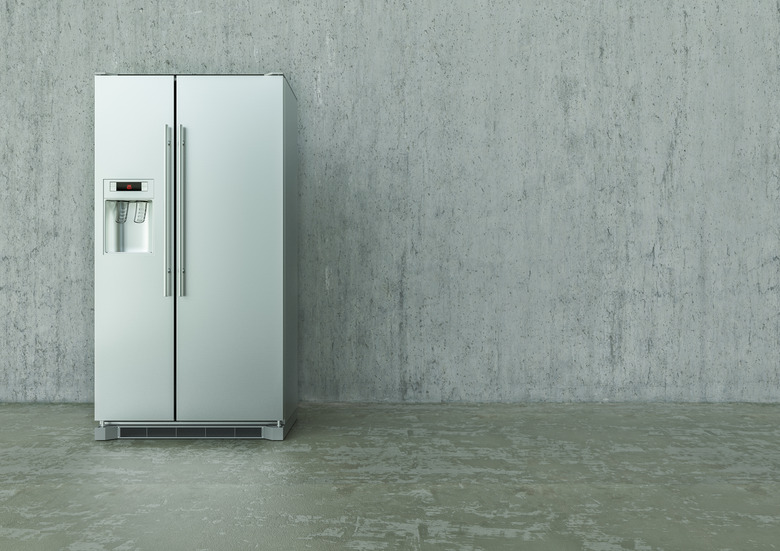How To Run Your Fridge On Solar Power
To keep food safe and consistently cool, refrigerators require access to a continuous power supply, so it may seem that solar power is not a viable option. However, with the right solar power configuration and power requirement calculations, you should be able to run any refrigerator with solar power.
The Solar Power Setup
The Solar Power Setup
A solar power setup suitable for refrigerator use requires several devices in addition to solar panels. Batteries are needed to store the power that the refrigerator will use at night or when clouds block the sun. A device called a charge controller will smooth the flow of power from the panels to the battery. The charge controller protects the battery from drastic fluctuations in power and ensures that it always receives the proper voltage and current. Lastly, an inverter will convert the direct current (DC) power of your battery to the alternating current (AC) power used by the refrigerator.
Power Consumption of the Fridge
Power Consumption of the Fridge
Consider the average power that your refrigerator consumes when designing your solar power configuration. To determine the power requirements of your refrigerator, check the nameplate ratings, which are typically somewhere on the inside of the refrigerator. The nameplate ratings list the appliance's voltage and current demands. For example, a fridge may read 115 volts and 4.5 amps of current. Multiply these two quantities to calculate its power demand: 115 x 4.5 = 517.5 watts of power.
TL;DR (Too Long; Didn't Read)
Look for a refrigerator with an EnergyStar logo, which denotes that the device performs with a high energy efficiency.
Fluctuations in Power Usage
Fluctuations in Power Usage
A refrigerator uses power in different ways depending on its operating conditions. If there are a number of cold items inside it or if the ambient room temperature is cool, it will stay cool longer. Hence, it will not need to turn on as often. When the air compressor on a refrigerator starts up, it needs a surge of power that can use three times the normal running current. This surge happens only for a split-second. After startup, the fridge uses power according to the nameplate voltage and current.
Batteries and Inverter
Batteries and Inverter
A typical solar battery provides 12 volts of electrical energy for a certain amount of amp-hours. An amp-hour is a way of describing a battery's capacity; it denotes how many amperes can be drawn from a battery and for how long. Typically, a battery is rated assuming a 20-hour cycle. For example, a 160 amp-hour battery would theoretically provide 8 amps per hour for 20 hours. Most solar batteries will provide sufficient current for both a refrigerator and other appliances. Inverters, which are needed to convert DC battery power to the AC power most appliances use, are never 100 percent efficient, and up to 50 percent of power can be lost in the conversion. Look for an inverter with a high efficiency rating and be sure to account for inverter inefficiency when calculating your refrigerator's power needs.
Cite This Article
MLA
Murmson, Serm. "How To Run Your Fridge On Solar Power" sciencing.com, https://www.sciencing.com/run-fridge-solar-power-12319074/. 17 April 2018.
APA
Murmson, Serm. (2018, April 17). How To Run Your Fridge On Solar Power. sciencing.com. Retrieved from https://www.sciencing.com/run-fridge-solar-power-12319074/
Chicago
Murmson, Serm. How To Run Your Fridge On Solar Power last modified March 24, 2022. https://www.sciencing.com/run-fridge-solar-power-12319074/
